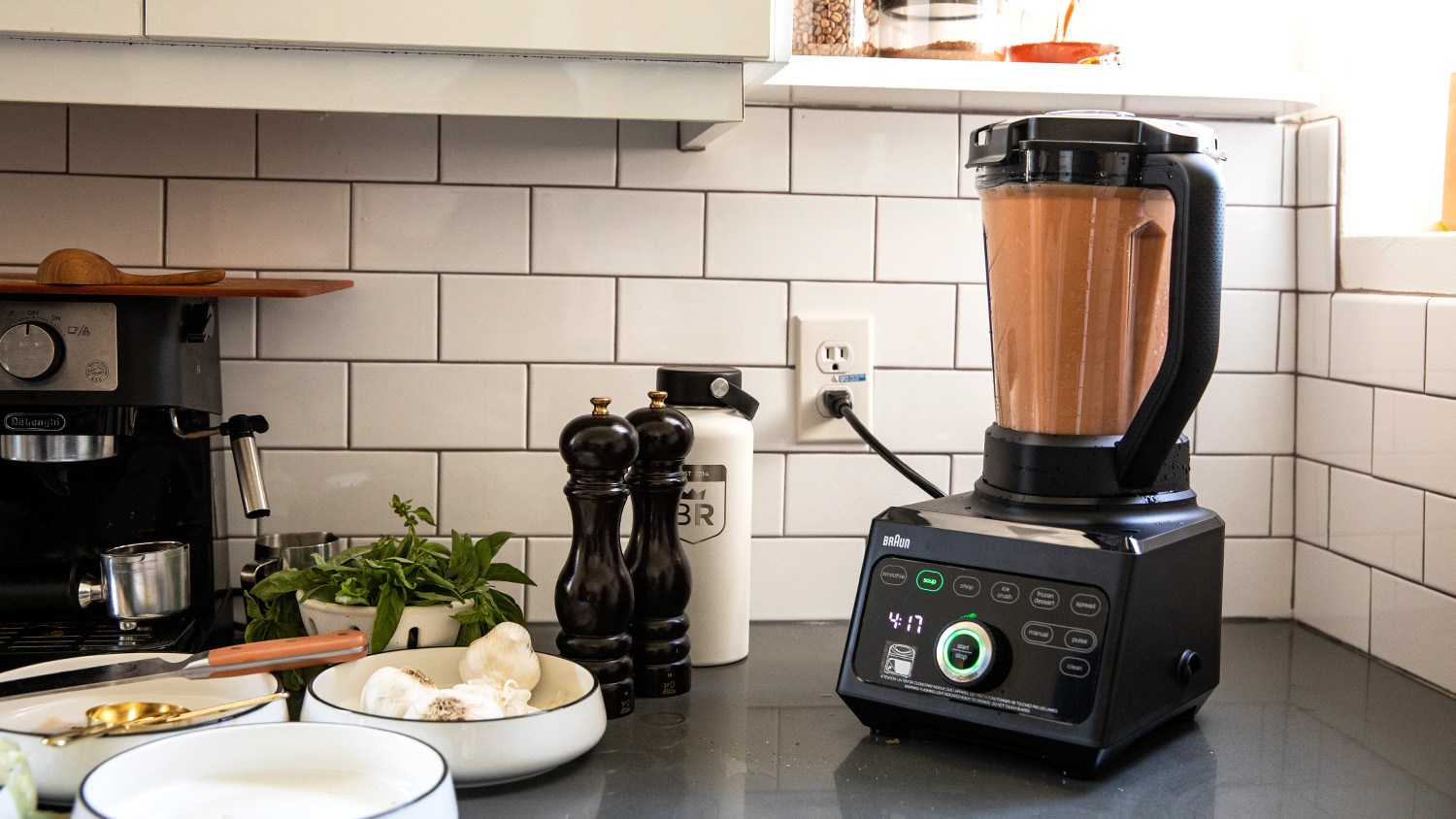Jupiter and Saturn are about to appear closer in the sky than they have in hundreds of years.
The two planets will be so close that they will appear to be touching, separated by one-fifth the diameter of a full moon on Monday.
The event should be visible to almost anyone in the U.S. with a clear view of the horizon, according to NASA Astronomer Henry Throop.
When celestial bodies align, astronomers call it a conjunction, but since this one involves our solar system’s two biggest gas giants, it’s technically a “great conjunction.”
And because the event is landing on a holiday week, many have begun calling the formation the “Christmas Star.”
To see the event, it’s best to look in the direction of the setting sun about 45 minutes to one hour after sunset begins.
Here’s what to do, according to NASA:
- Find a spot with an unobstructed view of the sky, like a field or park.
- When it’s time, look to the southwestern sky.
- While the planets can be seen with the naked eye, those who have binoculars or small telescopes may be able to get a glimpse of Jupiter’s four large moons orbiting the giant planet.
“If you can see the sunset, that means you are looking to the west, the southwest if you are in the northern hemisphere — then you’ll be able to see Saturn and Jupiter,” Throop said.
The astronomer says Jupiter will look like as though it’s brightest star in the sky (it’s not a star, of course, it’s simply reflecting the sun). Saturn will be slightly fainter and found above and to the left of Jupiter.
“You’ll have about an hour of time where you can observe Saturn and Jupiter,” he said.
While the two planets will appear to be touching, they won’t be.
“They’re not close in space — they’re still hundreds of millions of kilometers apart from each other,” Throop said. “But … they appear as two points very close in the sky … in fact they’re so close that if you extend your pinky at arms length you’ll be able to cover both planets with just your pinky finger.”
The astronomer said the planets are so bright that even people in light-filled cities should be able to see them and potentially even take high-quality photographs.
The Dec. 21 event will be the closest Jupiter and Saturn have appeared to most since March 4, 1226. There was a closer conjunction of the planets some 400 years ago, but that event was not visible to many on Earth, according to Space.com.
Great conjunctions happen on average every 19.6 years. NASA says after this month’s event, you’ll have to hang in there until 2080 to catch the next great conjunction of similar proximity.
For those who miss the sight on Monday night, NASA says the solar system’s two largest planets will appear nearly as close on the Dec. 20 and 22.
“Anybody can go out and see these planets,” said Throop.
For those planning to snap pictures, NASA has created a guide to photographing the great conjunction.












